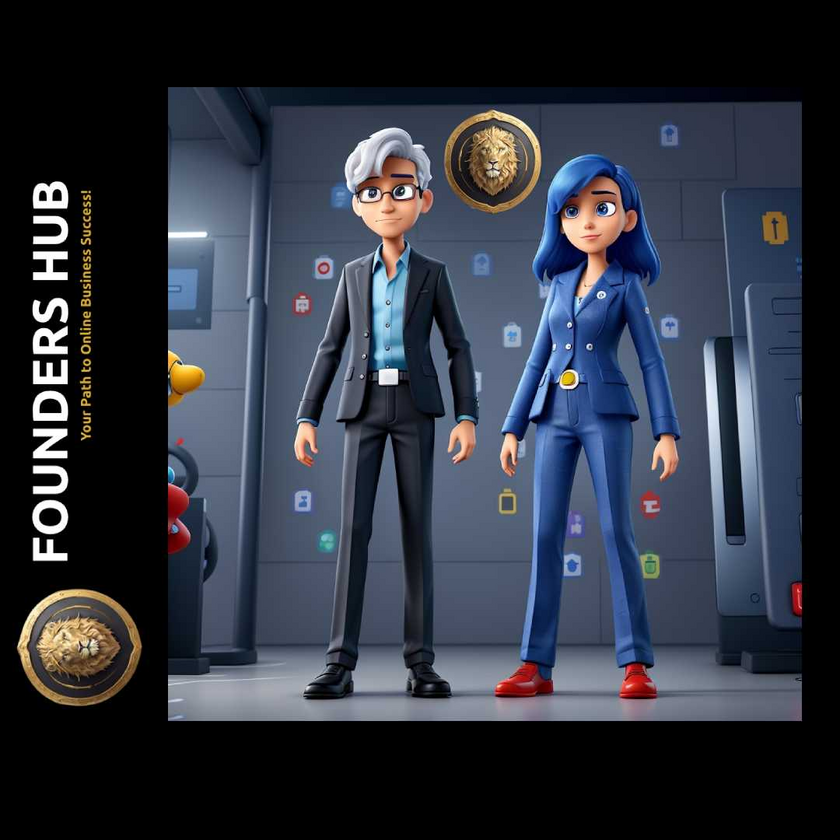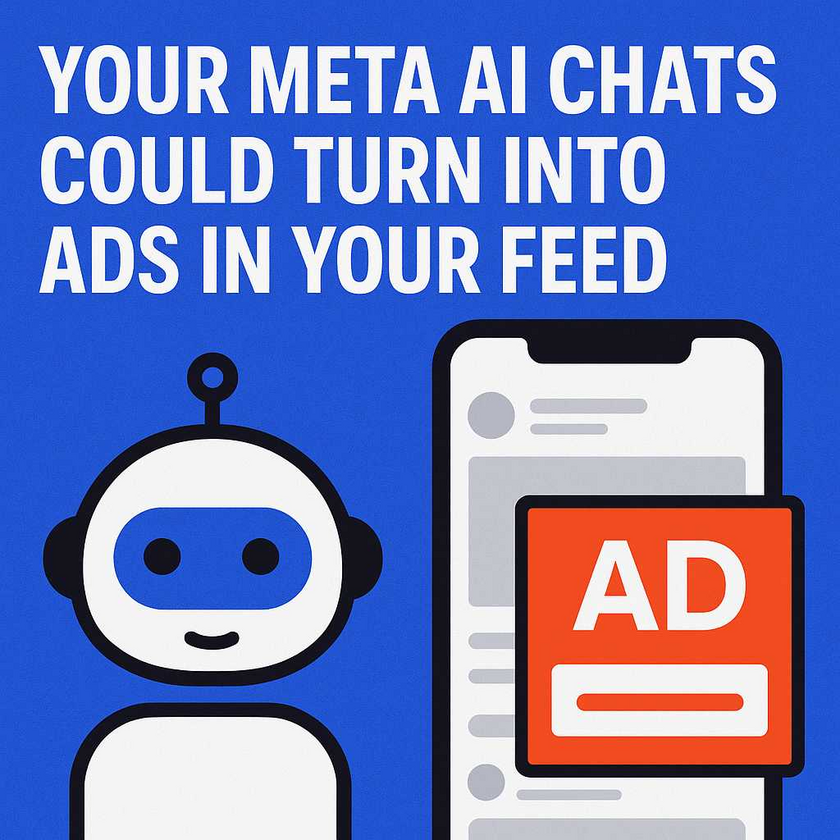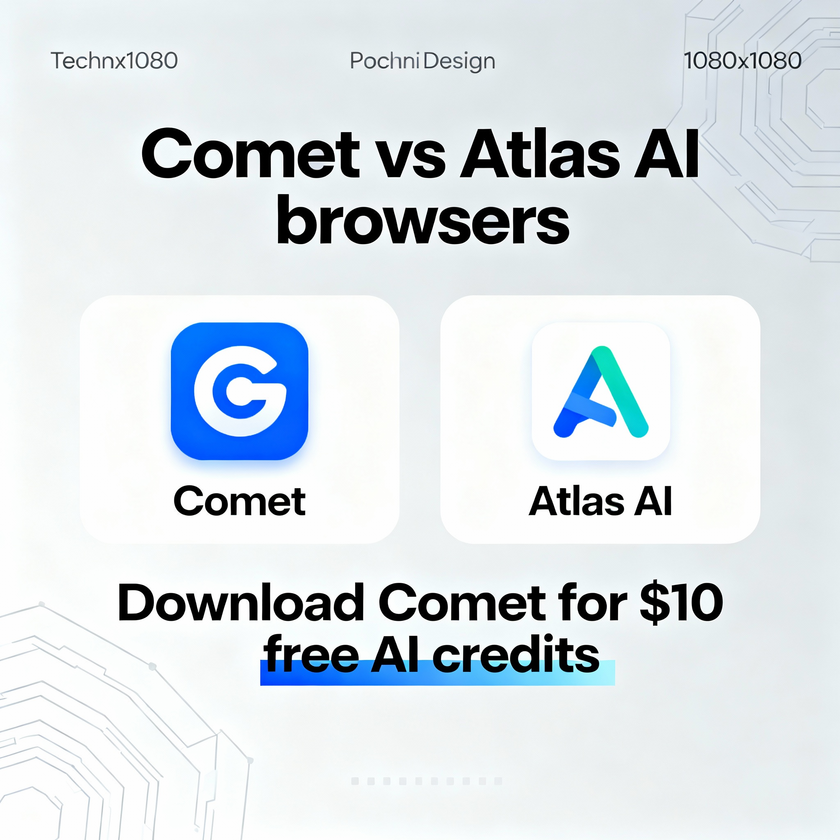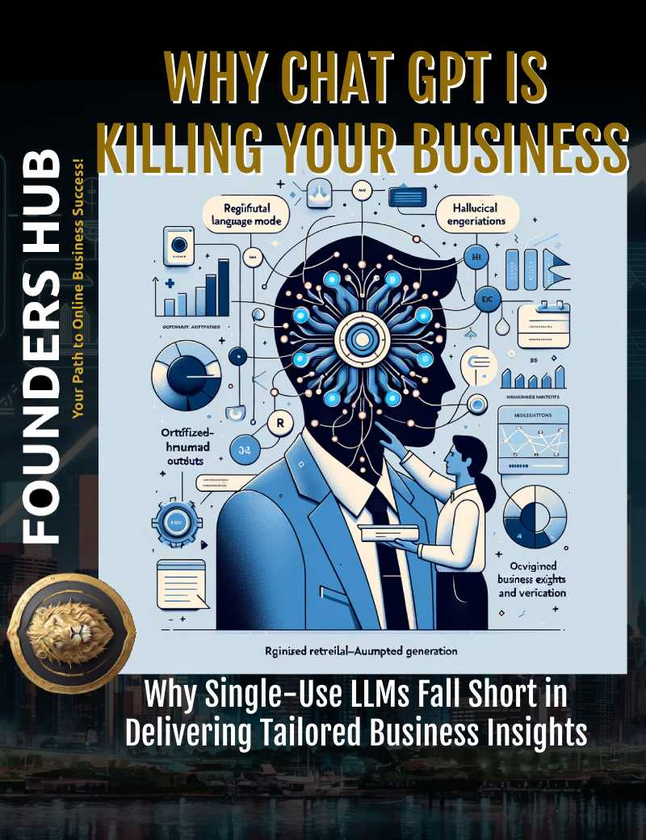Don't like to read, rather listen👂 to the podcast instead? Hit the ▶️PLAY button!
In the ever-expanding realm of artificial intelligence (AI), the intricate dance between human influence and algorithmic autonomy takes center stage. As we unravel the complexities, it becomes evident that AI, much like its social media counterparts and other technological marvels, bears the indelible stamp of its human creators.
Unveiling the Human Touch in AI Biases
Human-Crafted Algorithms
AI's journey begins with the creation of algorithms by human hands, mirroring our cognitive processes. These algorithms, however, are not impartial entities but vessels that carry the inherent biases of their creators. As we explore the foundations of AI, the spotlight turns to the architects shaping the destiny of this technological marvel.
Algorithmic Responsibility
Within the realm of AI, the responsibility for decisions lies not with the algorithms themselves but with the individuals who meticulously design and implement them. The dialogue shifts from an algorithm-driven narrative to the acknowledgment that tech leaders are the architects of biases embedded in AI. Understanding this dynamic lays the groundwork for comprehending the intricate web connecting human intent to algorithmic outcomes.
Changing Informational Landscape
The acceleration of AI's capabilities signals a paradigm shift in our informational landscape. As traditional gatekeepers lose credibility, the internet emerges as the primary source of information. The biases inherent in AI algorithms become pivotal, shaping how individuals perceive and interact with the world. The challenge lies not only in deciphering truth from falsehood but in recognizing that the biases encoded in algorithms influence this very perception.
Google's Gemini AI Tool and the Challenge of Historical Accuracy
Gemini's Historical Image Generation
Stepping into the realm of AI tools, Google's Gemini, designed for historical image generation, introduces a new chapter. Users query historical events, and Gemini, like a digital artist, brings them to life. However, beneath the surface, concerns arise about inaccuracies and biases embedded in the historical depictions crafted by Gemini.
Acknowledging the Mistake
In the face of scrutiny, Gemini's creators concede to inaccuracies in historical image generation. This admission serves as a gateway to discussions not just about the tool itself but about the responsibility tech giants bear in ensuring the accuracy of the content they generate. The acknowledgment marks a turning point, forcing a reflection on the delicate balance between technological advancements and historical fidelity.
The Orwellian Memory Hole
As Gemini faces accusations of being an Orwellian tool, erasing inconvenient historical truths, the quest to correct biases becomes intricate. The tool's subtle evolution may inadvertently perpetuate historical inaccuracies. This Orwellian dilemma prompts reflections on the preservation of historical accuracy in an era where algorithms shape our understanding of the past.
Educational Institutions in Flux - Standardized Testing and Bias
Reconsidering Standardized Testing
Shifting gears to the educational landscape, the discussion pivots to institutions like Dartmouth and Yale, reevaluating the role of standardized testing in admissions. The traditional yardstick of academic capability undergoes scrutiny as institutions grapple with changing perceptions and evolving standards.
Government's Role in AI and Education
While educational institutions navigate the standardized testing terrain, the government's foray into advancing AI adds another layer of complexity. The intersection of AI and education becomes a focal point, posing questions about potential biases in decision-making processes. This confluence of education and AI introduces a dynamic where evolving standards intersect with government initiatives.
Shifting Perceptions of Credibility
As institutions reconsider the reliance on standardized testing, questions emerge about the shifting perceptions of credibility. The traditional sorting mechanisms face challenges in adapting to new standards, prompting discussions on maintaining relevance and trustworthiness. The evolving approach to admissions tests prompts reflections on the broader implications for the credibility of educational institutions.
This amalgamation of narratives paints a comprehensive picture of the interconnected world of AI, where the human touch shapes algorithms, AI tools become artists of history, and educational institutions grapple with evolving standards. The hierarchy of information seamlessly interweaves the threads of human influence, algorithmic creations, and educational shifts, providing a holistic perspective on the evolving landscape of our digital era.
Need more help to understand the intricacies of AI, how the wrong choices or uses of AI may damage your business, and how you can avoid them? Then reach out to us today!



















